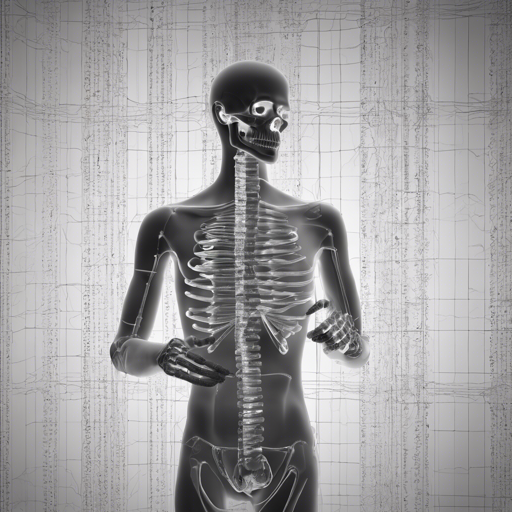In the evolving realm of image processing, one innovative solution stands out — Skeleton Tracing. This algorithm expertly extracts topological skeletons as a set of polylines from binary images, facilitating various applications, from computer vision to graphics rendering. Curious about how it works? Join me as we unravel this algorithm in a user-friendly guide.
Introduction
Traditionally, skeletonization, or thinning, is a morphological operation that simplifies a binary image to its topological skeleton. However, in many cases, a vector representation of polylines is more advantageous. Previous methods like contour-finding often yield enclosing outlines rather than precise strokes. Skeleton Tracing employs a parallelizable divide-and-conquer algorithm to transform binary images into real-time polylines representing the skeleton.
Understanding the Algorithm: A Journey through Polylines
Imagine navigating a maze. Each wall and pathway in the maze alters your route, akin to how a binary image, with its background and foreground, shapes the skeleton tracing process. The algorithm follows a systematic path to find the optimal route through the image by breaking down the maze into manageable sections.
Here’s a step-by-step analogy:
- Skeletonizing the Image: Before finding your way, you need to formulate a clear view of the maze — this is achieved through a traditional skeletonization algorithm like Zhang-Suen.
- Splitting the Maze: If the maze isn’t too large, you dive right in. If it is, you look for the best point to split it into smaller sections.
- Finding the Best Split: You evaluate potential pathways (rows and columns) to decide where to split based on fewer walls and open corners.
- Recursive Exploration: Each split leads you to an exploration of sub-maze, where you repeat this process until all sections are simplified.
- Connecting Pathways: Once navigated, you connect the pathways from both sides of the split with line segments to form the complete skeleton.
This process resembles solving a puzzle piece by piece, ultimately bringing forth a clear view of the image’s structure through polylines.
Implementations
The Skeleton Tracing algorithm is versatile, available in numerous programming languages. Explore the following implementations:
- C99 (parallelized with pthreads, libpng for reading and X11 for display)
- C++ (thinly wrapped from C version)
- JavaScript (WebAssembly compiled from C++ using emscripten)
- Vanilla JS (Pure JavaScript implementation)
- Pure Python (slow)
- Python using C API (compatible with numpy and opencv)
- Java (includes a Processing demo)
- OpenFrameworks addon (friendly wrapper on C++ version)
- C# (demo script for Unity Engine)
- Go (parallelized with goroutines)
- Swift (demo with NSImage and AppKit)
- Rust (simple rust implementation)
- Julia (julia implementation with array views)
Troubleshooting Tips
While utilizing the Skeleton Tracing algorithm, you may encounter some common issues. Here are a few troubleshooting ideas:
- Slow Performance: If the performance seems sluggish, especially with Python implementations, consider switching to a compiled language like C or Go.
- Missing Polylines: Ensure that the input binary image is correctly skeletonized beforehand, as this significantly affects output quality.
- Unexpected Output Shapes: Verify the image dimensions; the algorithm works best when the binary image adheres to a certain aspect ratio.
- Integration Problems: Double-check that the API or environment you’re working with supports the necessary libraries used in your chosen language.
For more insights, updates, or to collaborate on AI development projects, stay connected with fxis.ai.
Conclusion
Skeleton Tracing serves as a powerful and efficient method for converting binary images into vectorized representations of their topological structures. This revolutionary approach, combined with its wide-ranging implementations, offers new possibilities for developers and researchers alike.
At fxis.ai, we believe that such advancements are crucial for the future of AI, as they enable more comprehensive and effective solutions. Our team is continually exploring new methodologies to push the envelope in artificial intelligence, ensuring that our clients benefit from the latest technological innovations.

